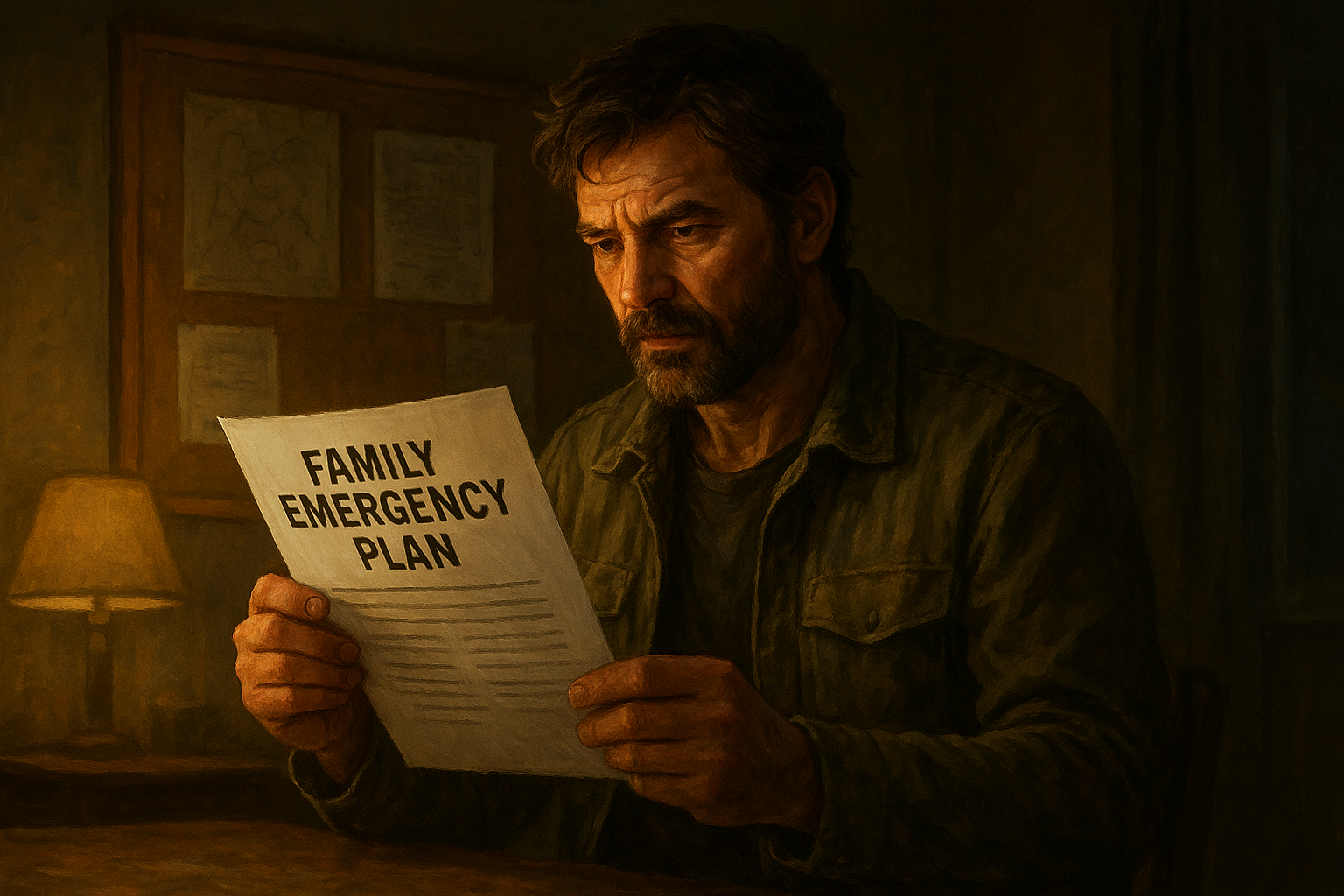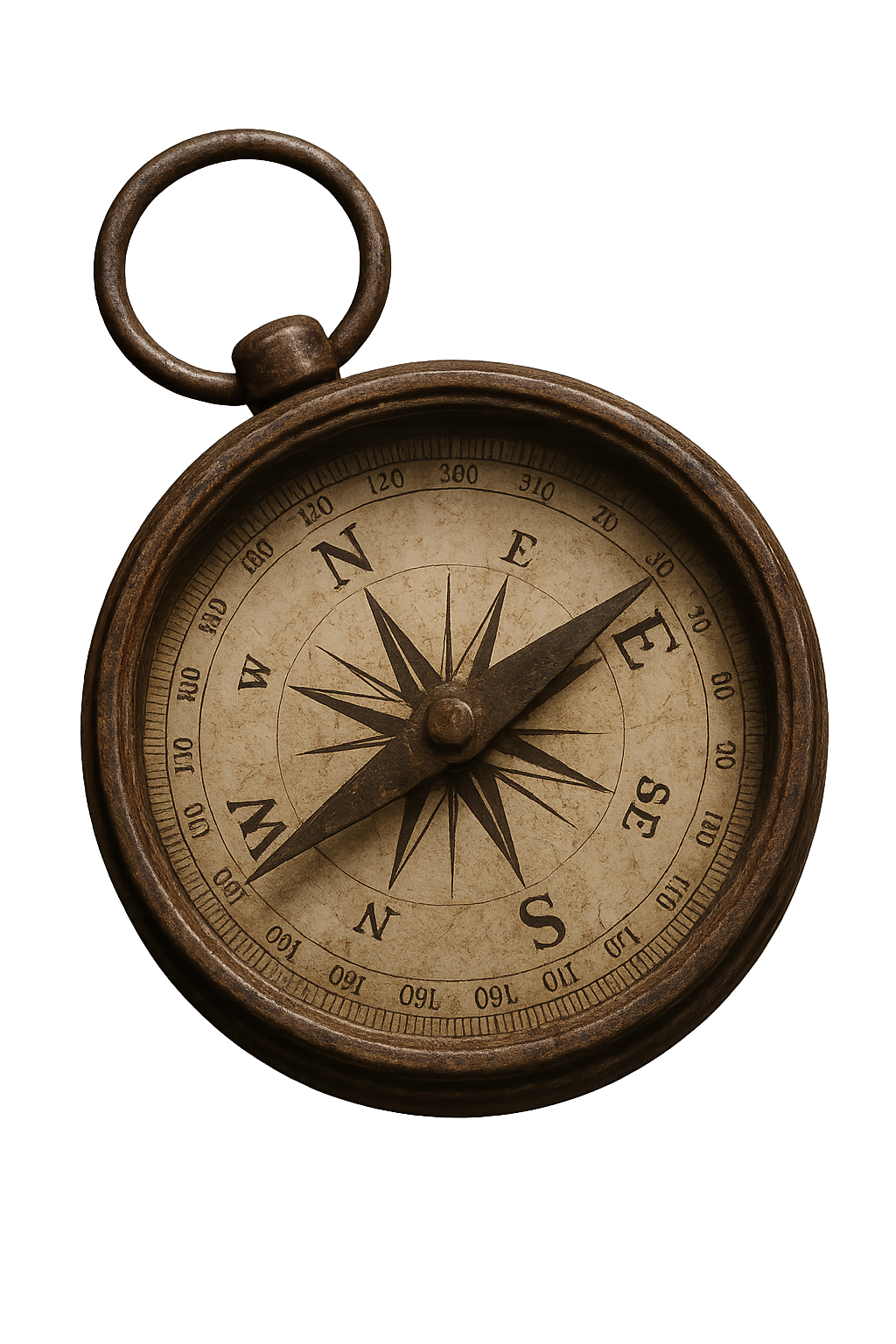When disaster strikes, chaos is the last thing you want your family to face. Whether it’s a power outage, wildfire, flood, or civil emergency — families who have a clear, practiced plan are the ones who stay calm, organized, and safe.
Imagine this: it’s 2 AM, and the power goes out. Your phone loses signal, and you hear the faint sound of sirens in the distance. In that moment, what your family does next can determine everything.
This is why an emergency plan isn’t paranoia — it’s preparation with purpose.
🔹 The Psychology of Preparedness
Most people assume they’ll “figure it out” when the time comes — but fear clouds judgment. Creating a plan in advance lets your brain go on autopilot during stress. You’re not guessing what to do; you’re executing a script you already rehearsed.
🔹 What Makes a Family Plan Effective
Defined Roles: Each member should know their duty — who grabs the go-bag, who checks on pets, who secures the home.
Communication Protocols: Choose two contact points — one local, one out-of-state. Everyone should memorize those numbers.
Escape Routes & Safe Spots: Map out two evacuation routes from your home and identify local shelters or safe meetup zones.
Medical Information: Keep a printed list of allergies, prescriptions, and medical histories in your emergency folder.
Practice Runs: Once a month, simulate a quick evacuation drill. Turn it into a challenge — kids often engage better when it feels like a “mission.”
🔹 Start Simple, Build Confidence
Don’t overwhelm yourself by trying to make a “perfect” plan immediately. Begin small:
Create your contact tree today.
Pack one emergency kit this weekend.
Run your first family drill next month.
Preparedness is a muscle — the more you train it, the stronger it gets.
Your goal isn’t to live in fear — it’s to live with confidence, knowing your family can adapt, survive, and even thrive when life throws the unexpected at you.

